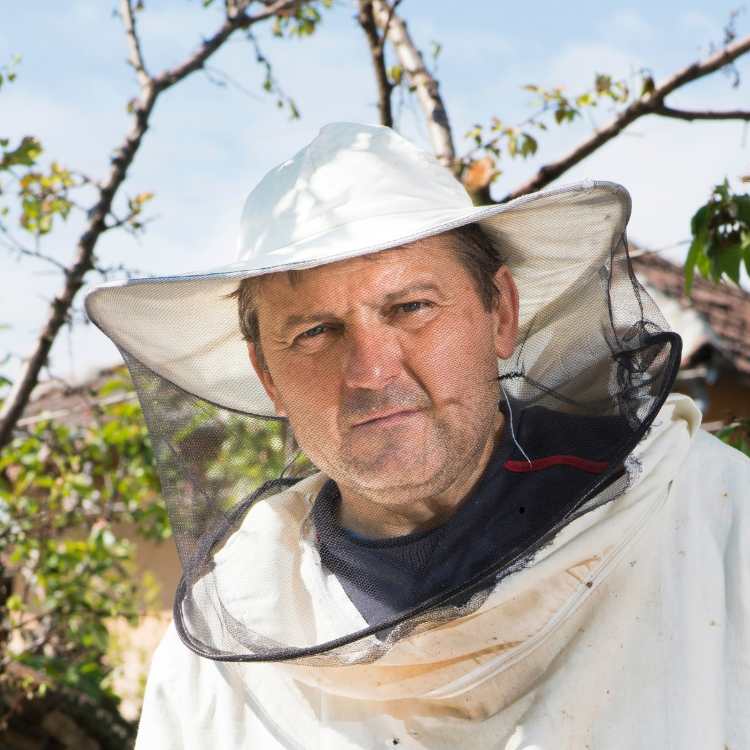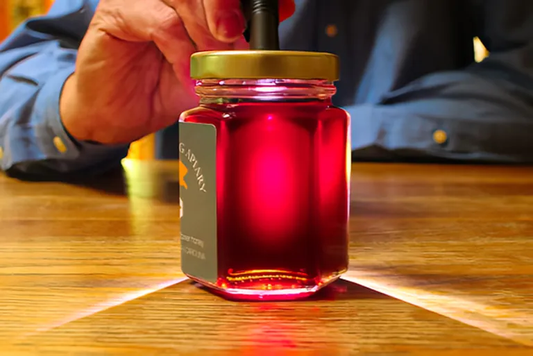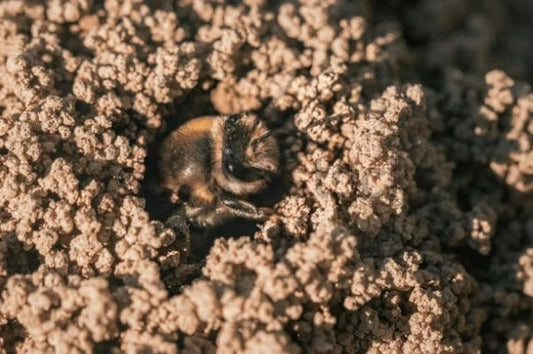What does the first thing that comes to mind when we hear the word “breathing”? Most of us would imagine something like lungs expanding and contracting, filling our bodies with fresh oxygen. But what about bees? Do bees have lungs? Evolution has equipped these fascinating pollinators with an entirely different way of breathing, one that is unique to insects. Coming to the question, do bees have lungs? The answer is no. Bees do not have lungs like mammals but they have an intricate respiratory system that allows them to take in oxygen from the air and release carbon dioxide.
Here is a closer look at the respiratory system of bees. You will quickly realize just how remarkable it is.
How do bees breathe without lungs?
If the answer to do bees have lungs is no, then how do they breathe? Bees, like many other insects, rely on a network of tiny tubes, called the tracheal system, to deliver oxygen throughout their bodies. Instead of inhaling air through nostrils and processing the oxygen in the lungs, bees use small openings called spiracles which are located along the side of their bodies. These spiracles function much like an entryway for oxygen, which then travels through the trachea to reach different parts of the body.

A closer look at the bee anatomy
The different parts of the bee respiratory system
Spiracles
Think of the spiracles as the starting point of the bee’s respiratory system. Much like how our nostrils are the starting point of our respiratory system. These tiny holes are located in pairs along the thorax and abdomen of the bee. But unlike human nostrils, spiracles do not stay open all the time. Instead, they have special valves that regulate airflow. This ensures that the bee gets just the right amount of oxygen. Seven pairs of spiracles are found on the abdomen while three more are positioned on the thorax. Another additional spiracle can be found in the sting chamber.
Trachea
Once air enters through the spiracles, it moves into the trachea. The trachea is a network of hollow tubes that extend throughout the bee’s body. These tubes help to distribute the oxygen directly to the cells without the need for blood, as in mammals. The trachea is made of chitin, a very strong and flexible material that allows these tubes to twist and turn inside the bee's body that helps to carry oxygen to every part of its body.
Tracheal sacs
These are specialized air sacs within the tracheal system that are used to store oxygen and help regulate the airflow. These tiny sacs act like tiny bellows that expand and contract as needed. Bees have the ability to control their breathing by rhythmically contracting their abdomen, which pumps fresh air into the tracheal sacs while expelling carbon dioxide. Larger tracheal sacs are found in the bee’s abdomen that can store significantly more oxygen which can be later used for energy intensive tasks like flying or foraging.
The oxygen and carbon dioxide exchange
The exchange of oxygen and carbon dioxide is a crucial function of the respiratory system. In bees, this complete process happens quite efficiently without needing blood circulation. As oxygen diffuses from the trachea into the tracheal sacs, it is delivered directly to the tissues that need it. Simultaneously, the carbon dioxide that is produced by the metabolic process exits the body through the spiracles.
Now that we are familiar with the complete process and have answered the question, do bees have lungs, let us move on to some more intriguing facts about the respiratory system of bees.

Frequently asked questions on the respiratory system of bees
Can bees hold their breath?
Bees have evolved with a very interesting adaptation feature. Bees have the ability to close their spiracles when needed. This is a particularly useful feature when bees encounter water or other hazardous conditions. When the spiracles are shut, water and other foreign substances cannot enter their respiratory system. This is a highly efficient breathing mechanism that allows bees to thrive in various environments.
What happens when bees are less active?
Just like us humans, bee too have the ability to adjust their breathing patterns just like we saw. This can be adjusted based on their activity level. When at rest, oxygen naturally diffuses through the tracheal system without much abdominal movement. However, when bees are more active, they contract their abdomen to increase the flow of oxygen to the body.
Do other insects breathe like bees?
Yes, the respiratory system of bees are very much similar to that of other insects. Unlike us mammals, insects do not have lungs and instead rely on the system of spiracles, tracheal tubes and tracheal sacs for respiration. While the specific arrangement may vary between species, the fundamentals remain the same.
Conclusion: A remarkable but lungless respiratory system
So, do bees have lungs? The answer is a resounding no. Instead, they rely on a complex tracheal system to deliver oxygen across the body more effectively without the need for blood. Their ability to regulate airflow, store oxygen and adapt to different activity levels makes their respiratory system one of nature’s most fascinating designs.
It is super fun to learn about bees and beekeeping. Learn more about these fascinating creatures from our full blog here and join us in the effort to save the bees and, in turn, the planet.





